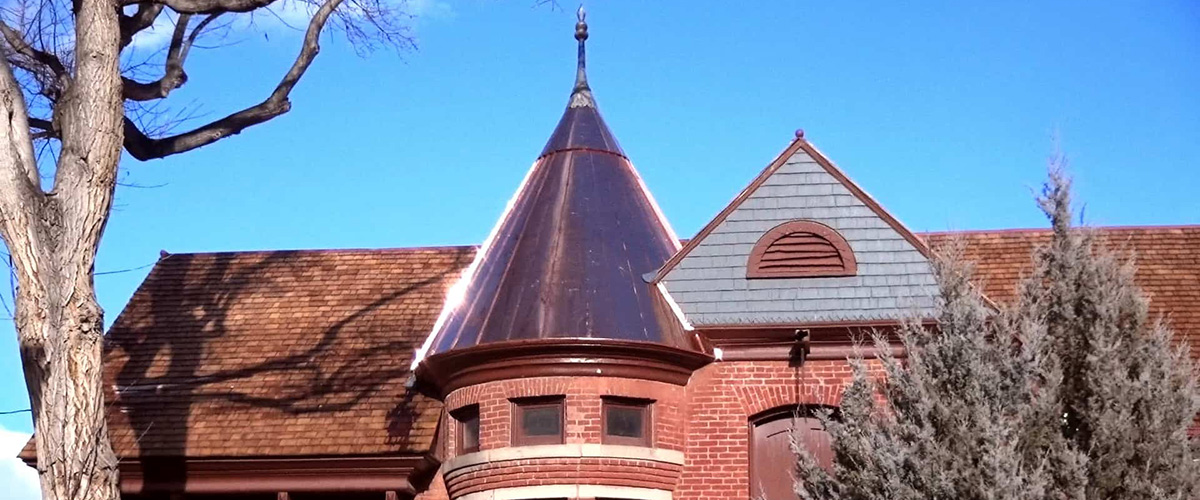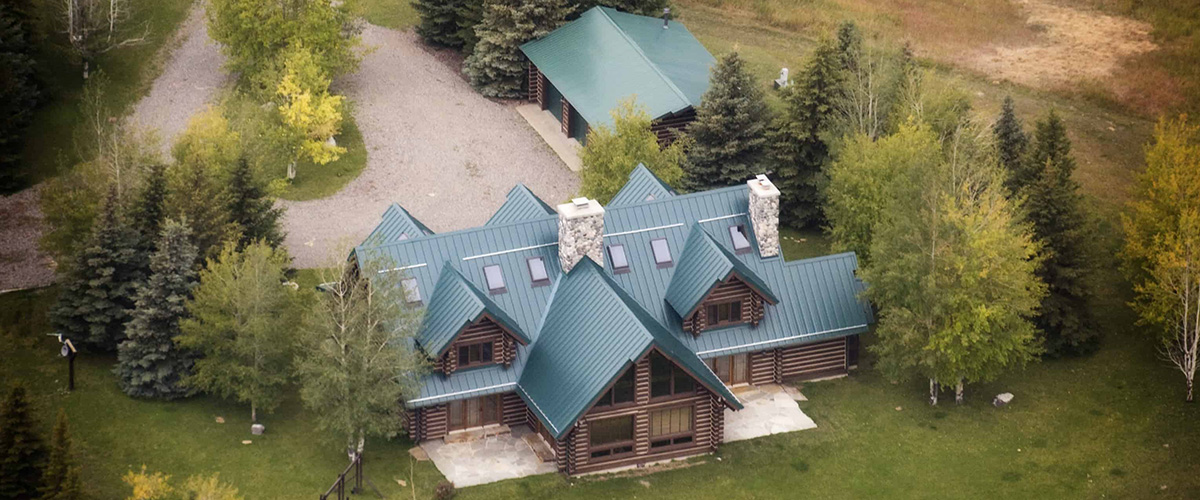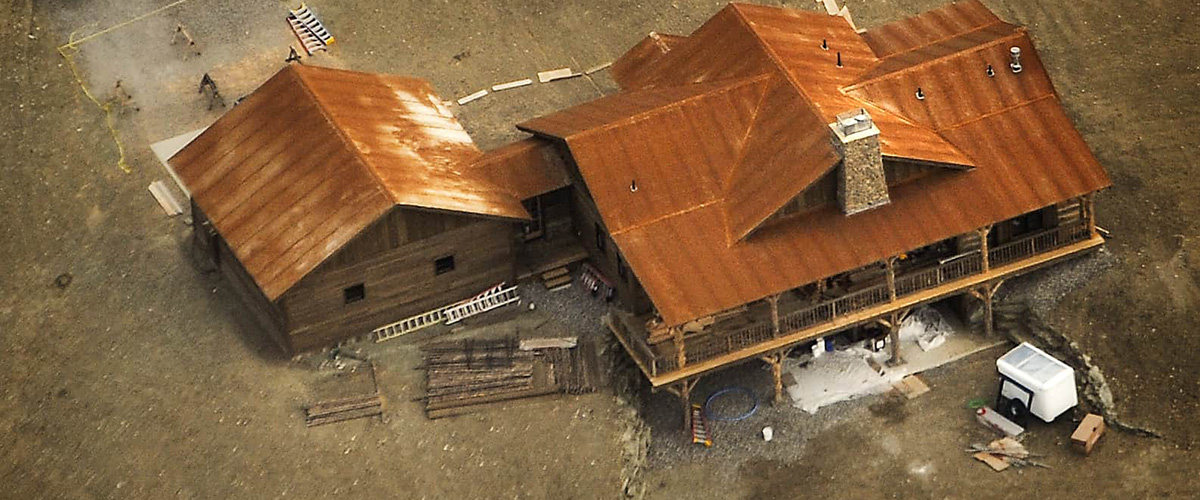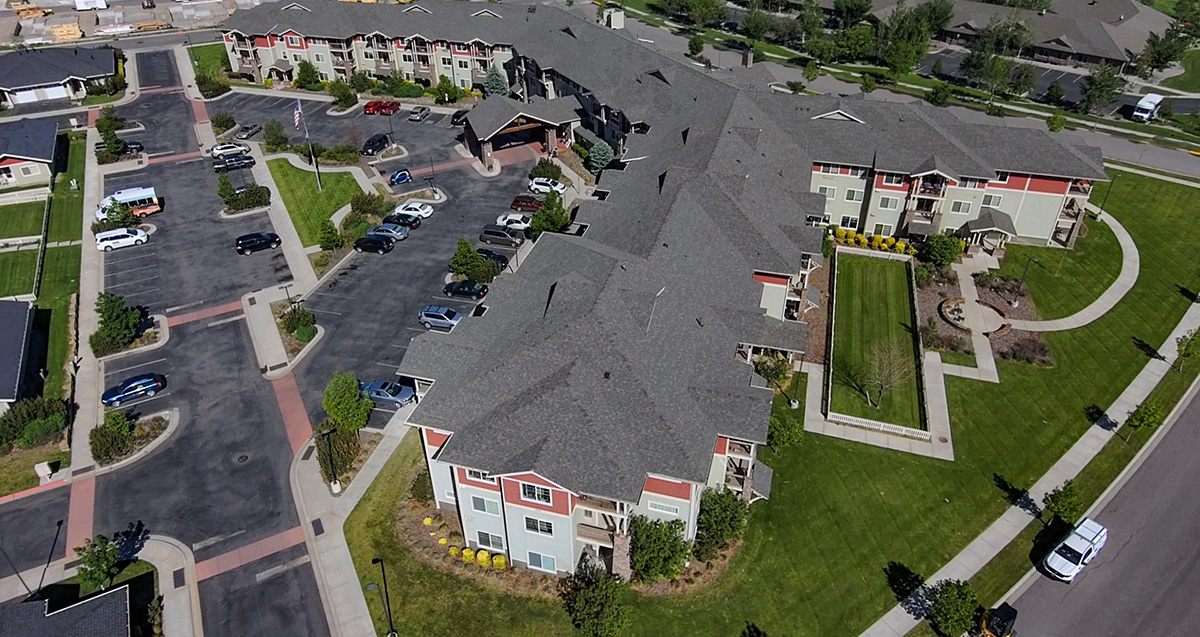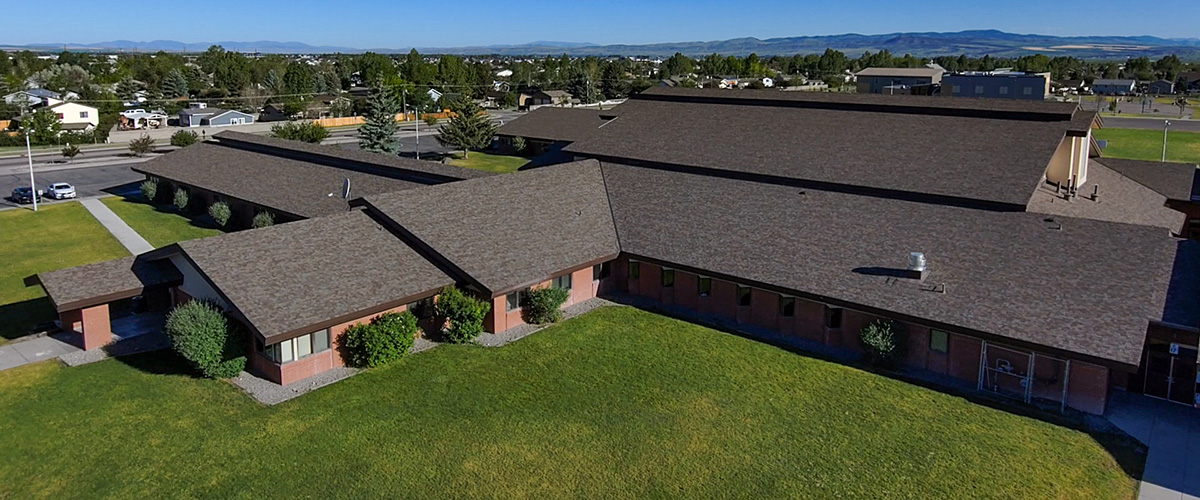We try to anticipate anything that may arise during the roof project and include it in our bid. The two biggest additional costs are: 1) Additonal layers of tear off. Usually we can lift up the old roofing and count the layers of roofing that are present and include that accordingly in our estimate. Occasionally there can be an additional layer that was unforeseen. If this is the case we will document the additional layer with photos and, if it is an insurance claim, we will submit the extra cost to the insurance company as a “supplement”. This means that the insurance company will pay for it, not you. 2) Re-sheathing the roof. At the time that a salesperson inspects the roof to draw up an estimate, the roof sheathing can typically be inspected from the underside by peaking into the attic space and looking at the bottom side of the roof. In old houses built prior to the 1960s “skip sheathing” or “gap sheathing” may be present. This means that the roof was sheathed with 1” x 8” or 10” boards and the builders usually left a gap between the boards. If the gaps are greater than ½”, re-sheathing with plywood or OSB will most likely be necessary to insure that a row of nails (shingle roofs) or screws (metal roofs) holding the new roofing on will not fall in the gap and render those fasteners useless making the new roofing material more vulnerable to damage from wind.

